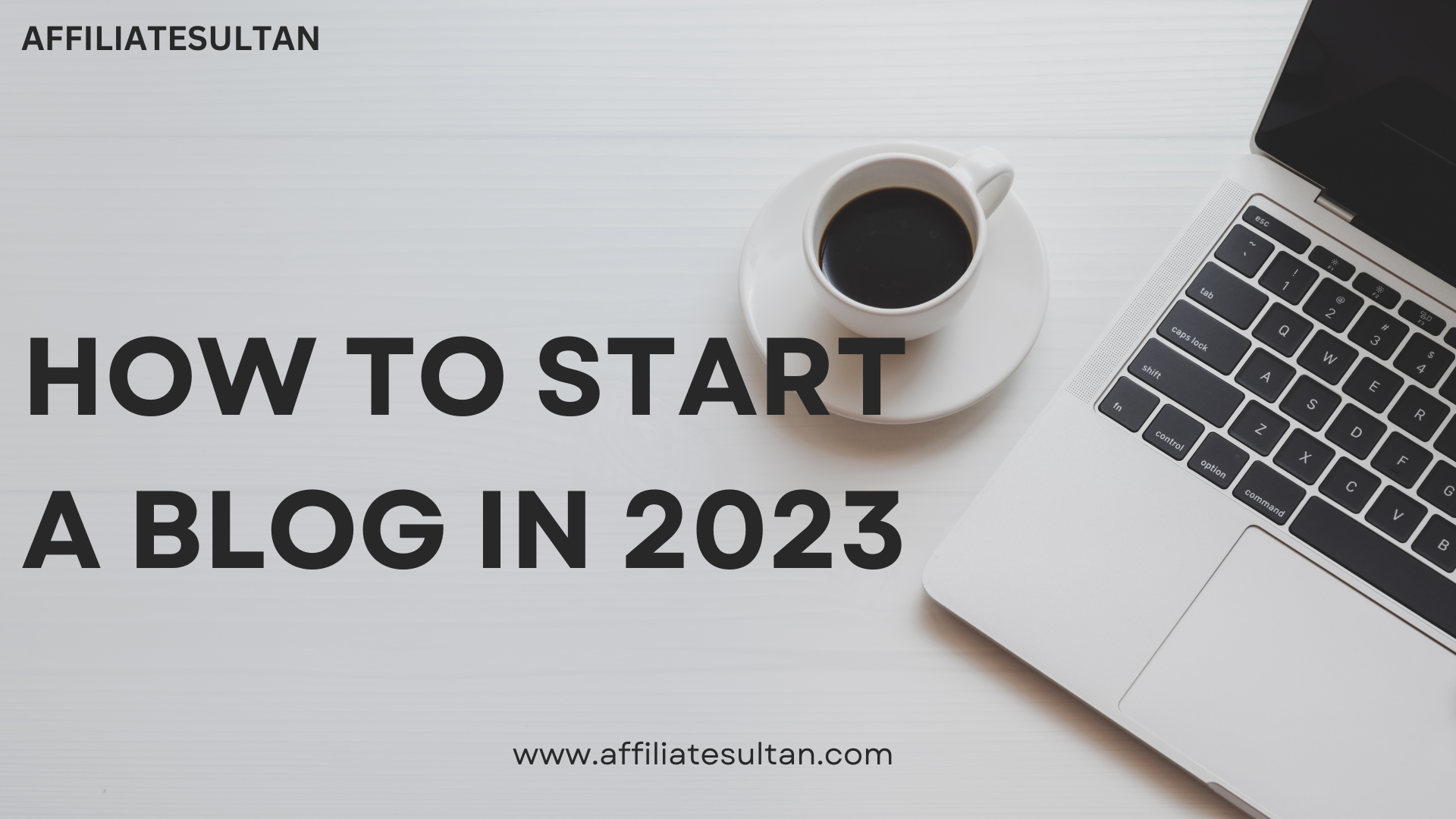If you’re looking to start a blog in 2023 and maybe you’re wondering how to do it or you are just a newbie in the blogging space. then mull no more as this article will solve those thoughts and queries, we’ll cover the basic steps and what to expect from your new site.
In this rapidly evolving digital landscape, starting a blog has become an increasingly popular way to express ideas, share knowledge, and even monetize your passion. If you’re eager to join the blogging community and create your own website in 2023, you’ve come to the right place. In this comprehensive guide, we will walk you through the step-by-step process of creating a blog, ensuring it’s search engine optimized and ready to thrive in 2023.
How To Create A Blog In 2023
1. Choosing the Right Blogging Platform:
Selecting the right blogging platform is crucial for your success. In 2023, WordPress remains the most popular and versatile choice. Its user-friendly interface, vast customization options, and extensive plugin support make it ideal for beginners and experienced bloggers alike. Alternatively, you can consider platforms like Wix or Squarespace, which offer simplicity and ease of use. However, here at Affiliatesultan, we use WordPress and we’re never going to imagine life without it.
2. Selecting a Domain Name:
Your domain name is the online identity of your blog. Choose a memorable, brandable, and relevant domain name that reflects your blog’s content. Consider incorporating keywords related to your niche for improved SEO. Be sure to select a domain extension (.com, .net, .org, etc.) that aligns with your blog’s purpose. You can buy your domain name at marketplaces like Namecheap.
3. Picking a Reliable Web Hosting Provider:
To ensure optimal performance and reliability for your blog, select a reputable web hosting provider. Look for features like 24/7 customer support, reliable uptime, scalable resources, and easy installation of blogging platforms. Popular and well-performing hosting providers include Bluehost, SiteGround, and HostGator.
4. Installing and Setting Up Your Blog:
Once you have your domain and hosting, install your chosen blogging platform. If you’ve opted for WordPress, many hosting providers offer one-click installation. Follow the instructions provided by your hosting provider to set up your blog, including creating a username and password for the admin dashboard.
5. Customizing Your Blog’s Design:
Stand out from the millions of already established blogs by customizing your blog’s design. Choose a visually appealing and responsive theme that complements your content. Customize the layout, fonts, colors, and logo to match your brand identity. Keep the design clean, user-friendly, and mobile-optimized for an enhanced user experience.
6. Essential Plugins and Tools:
Enhance your blog’s functionality and SEO with essential plugins and tools. Consider installing plugins for search engine optimization (e.g., Rank Math & Yoast SEO), social media sharing (e.g., ShareThis), website analytics (e.g., Google Analytics), and spam protection (e.g., Akismet). These tools will help you optimize your blog’s performance and reach.
7. Crafting Engaging Content:
Content is arguably the king, even in 2023. Create high-quality, valuable, and engaging content to attract and retain readers. Research your niche, identify popular topics, and write compelling articles. Incorporate multimedia elements such as images, videos, and infographics to make your content more engaging. Remember to optimize your content with relevant keywords.
8. Promoting Your Blog:
To increase your blog’s visibility and attract a wider audience, promote it through various channels. Utilize social media platforms, email marketing, guest blogging, and online communities to drive traffic to your blog. Engage with your audience, respond to comments, and participate in relevant discussions to build a loyal readership.
9. Optimizing for SEO:
Search engine optimization is crucial for improving your blog’s visibility in search engine results. Conduct keyword research using tools like Google Keyword Planner or SEMrush to identify relevant keywords for your content. Optimize your blog’s meta tags, headings, URLs, and image alt tags with targeted keywords. Additionally, ensures fast loading times, mobile responsiveness, and secure HTTPS encryption.
10. Monetizing Your Blog:
If you wish to monetize your blog in 2023, consider various avenues such as display advertising, sponsored posts, affiliate marketing, or selling digital products. Build a strong readership, create valuable content, and strategically collaborate with relevant brands to generate revenue. Be transparent and ethical when monetizing your blog.
11. Staying Relevant and Up-to-Date:
The blogging landscape is ever-evolving and transitional, so it’s crucial to stay relevant and up-to-date. Stay informed about the latest trends, industry news, and changes in search engine algorithms. Continuously improve your writing skills, experiment with new content formats, and adapt your strategies based on user feedback and analytics.
Creating a successful blog in 2023 requires careful planning, thoughtful execution, and a commitment to continuous improvement. By following the steps outlined in this comprehensive guide, you’ll be well-equipped to start your blogging journey. Remember, building a successful blog takes time and dedication, but it always pays off, so stay persistent, provide value, and connect with your audience.
